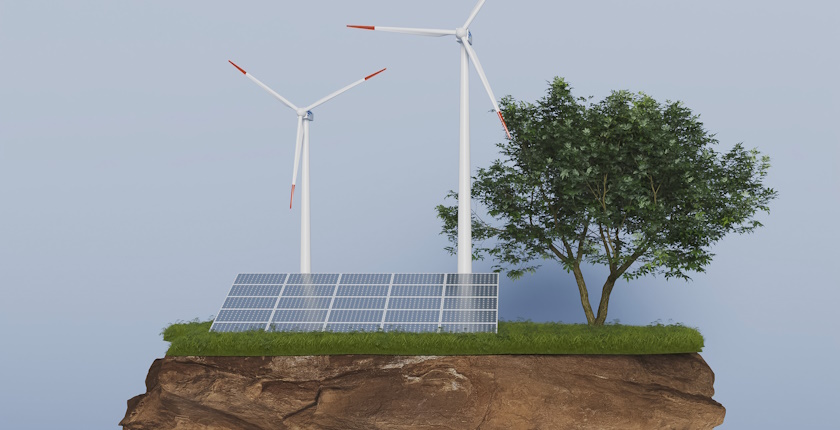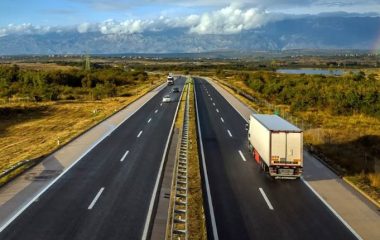
Photo: Freepik
The results of an analysis of the European Environmental Bureau show that Europe has enough land for renewable energy projects without jeopardizing food production or nature protection efforts.
The conclusion of the study ‘Land for Renewables’, published by the European Environmental Bureau (EEB), is that only 2.2% of the total land area will be needed for current and future solar and wind energy projects in the European Union to achieve climate neutrality by 2040.
About 5% of land in the EU is considered suitable. The analysis reveals that across the 27-member trade bloc, even when excluding agricultural land and areas crucial for biodiversity, there is still enough space for renewable energy projects.
The issue of land use became significant following the adoption of the EU’s new Renewable Energy Directive (RED3). Special zones called go-to areas are planned for the construction and repowering of renewable energy plants. Member states are obligated to designate them. Some critics, mostly from the environmental protection sector, are not satisfied with the measure. For the special areas, the permit issuance period is halved to 12 months. Opponents claim the exception undermines environmental protection standards.
The new report shows areas with diverse biodiversity and agricultural land do not have to be threatened for Europe to achieve climate neutrality.
Most of the suitable land is located in rural areas
Most of the land suitable for renewable energy projects is located in rural areas: 78% for solar plants and 83% for wind farms. The study points to a lot of degraded agricultural land that can be used for photovoltaic installations. Also, solar energy production can coexist with food production and land restoration through the installation of agrisolar plants.
Addressing the challenges and opportunities for integrating renewable sources in rural areas, the EU can achieve its climate goals while also promoting rural development and resilience, according to the study’s authors.
Italy and Germany would have to import electricity from their neighbors
When looking at individual countries, suitable land is not equally distributed. For instance, Italy and Germany would have to import electricity as they do not have enough such areas, while they are abundant in Romania and Spain, significantly above their energy needs.
Involving local communities will enable the establishment of sufficient capacity for renewable energy utilization
The analysis also relies on assumed changes in human behavior. Primarily, the reduction of air traffic by 17% and a decrease in energy demand to meet the EU’s 2040 targets.
The report took into account the resistance of residents to solar and wind farms, proposing protective zones around residential and industrial areas where renewable energy projects cannot be developed and the exclusion of protected areas that may be attractive to tourists.









Be the first one to comment on this article.